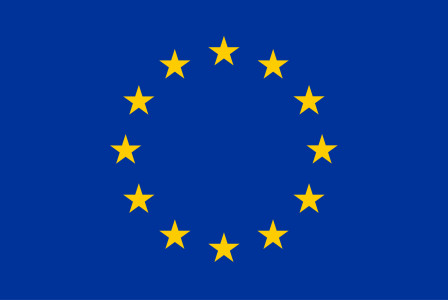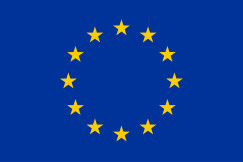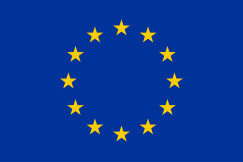Legislation
27 March 2025
Organic production and labelling of organic products
Legislation
27 March 2025
1. Healthy, balanced and sustainable diets for all European consumers
2. Prevention and reduction of food loss and waste
3. A climate - neutral food chain in Europe by 2050
+4 more
Login / create an account to be able to react
-
169

Producing organically means respecting the rules on organic farming. These rules are designed based on general and specific principles to promote environmental protection, maintain the biodiversity of Europe and build consumer trust in organic products. Those are reflected in Regulation (EU) 2018/848 on organic production and labelling of organic products.
Editorial team
European Commission - DG SANTE
Topics
EU-27
EU Institutions
-
CoC aspirational objectives
-
-
1. Healthy, balanced and sustainable diets for all European consumers
-
2. Prevention and reduction of food loss and waste
-
3. A climate - neutral food chain in Europe by 2050
-
4. An optimised circular and resource-efficient food chain in Europe
-
5. Sustained, inclusive and sustainable economic growth, employment and decent work for all
-
6. Sustainable value creation in the European food supply chain through partnership
-
7. Sustainable sourcing in food supply chains
-
Share
Regulation (EU) 2018/848 govern all areas of organic production and are based on a number of key principles, such as:
- prohibition of the use of GMOs;
- forbidding the use of ionising radiation;
- limiting the use of artificial fertilisers, herbicides and pesticides;
- prohibiting the use of hormones and restricting the use of antibiotics to only when necessary for animal health.
This means that organic producers need to adopt different approaches to maintaining soil fertility and animal and plant health including:
- crop rotation;
- cultivation of nitrogen fixing plants and other green manure crops to restore the fertility of the soil;
- prohibition of use of mineral nitrogen fertilisers;
- to reduce the impact of weeds and pests, organic farmers choose resistant varieties and breeds and techniques encouraging natural pest control;
- encourage the natural immunological defence of animals;
- in order to maintain animal welfare and health, organic producers need to prevent overstocking.
Livestock farmers must also fulfil specific conditions if they wish to market their products as organic. These rules include respect for animal welfare and feeding animals in accordance with their nutritional needs, and are designed to protect the animals' health and environment. These rules also help to build public trust as they ensure that organically farmed animals are kept separate from non-organic.
The rules cover all stages of production, preparation and distribution (from primary production to storage, processing, transport, distribution and supply to the final consumer). This means that all organic products in the EU follow strict rules from the farm to fork.
The specific provisions for processing organic food and feed include:
- the separation of processed organic products in time and space from non-organic ones;
- a minimum organic content of 95% of organic agricultural ingredients and strict conditions for the remaining 5% to be labelled as organic using the organic logo;
- clear rules on labelling and on which products can and cannot use the organic logo;
- specific limits to the substances which can be added to food and feed and a limited list of approved additives and processing aids to be used in organic production.
Processed food shall be produced mainly from agricultural ingredients only (added water and cooking salt are not taken into account). They may also contain:
- preparations of micro-organisms and enzymes, mineral trace elements, additives, processing aids and flavourings, vitamins, as well as amino acids and other micronutrients added to foodstuffs for specific nutritional purposes can be used but only when authorised under organic rules;
- substances and techniques which reconstitute properties that are lost in processing or storage, that correct any negligence in the processing, or that otherwise may be misleading on the true nature or the products, shall not be used;
- non-organic agricultural ingredients can only be used if they are authorised within the annexes to the legislation or have been provisionally authorised by an EU country.
Specific rules also apply to wine, aquaculture and hydroponics.
Related regulations:
- Regulation (EU) 2018/848 on organic production and labelling of organic products.
Comments (0)
See also
Official Controls Regulation
- Categories
- 2. Prevention and reduction of food loss and waste 3. A climate - neutral food chain in Europe by 2050 4. An optimised circular and resource-efficient food chain in Europe +3 more
Food Contact Materials
- Categories
- 2. Prevention and reduction of food loss and waste 3. A climate - neutral food chain in Europe by 2050 4. An optimised circular and resource-efficient food chain in Europe +3 more
Guidelines on horizontal cooperation agreements
- Categories
- 2. Prevention and reduction of food loss and waste 3. A climate - neutral food chain in Europe by 2050 4. An optimised circular and resource-efficient food chain in Europe +3 more




